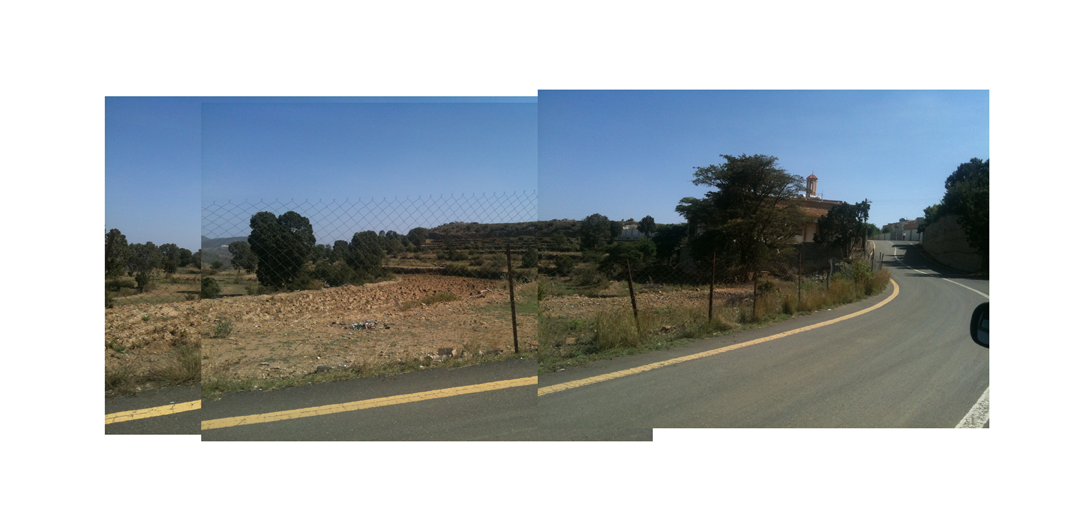Al Souda is the highest point in the
Asir Mountains, the chain that runs Northwest to southeast - sort of - across Saudi Arabia and into Yemen. These mountains are the fabled home of the ancient incense trail from Oman to Egypt and Africa. Apparently Jizan was a major port of debarkation for the Red Sea route to Egypt; the other, overland route ran along the mountains to Jeddah and across the Red Sea there. The BBC did a nice documentary on it
here.
 |
| High montaine plateau |
|
The highland plateau that Abha sits on is dotted with farms having distinctive terraced fields, and the summer palaces of the rich. The ecoregion is described
here.
 |
| Villa and ruins of old house |
When the summer heat oppresses everywhere else in the Kingdom, the Asir Mountains are wonderfully temperate, with daytime temperatures under thirty degrees, and short periods of rainfall nearly every day. In comparison, in my first year in Jizan it rained, I think, twice.
 |
| Bigbigbig Saudi flag |
The peak is about an hour west of Abha. The Saudis come here from June till September on vacation; I've never been up here during Ramadan, but I'll bet it's hopping! The area around Al Souda is a park; there is also a campsite near the cable station.
We went to a resort a couple of kilometres from the cable station; it was deserted; out of season I guess.
I’ve been to Al Souda twice: once we rode the cable car down into the valley and back up – 6000 feet of elevation in 30 minutes, not for the faint of heart.
 |
| The view down the valley - and underneath |
 |
| Steep! |
 |
| Returning cablecar |
 | | | | | | |
| Monkey at the turnout |
|
Once, at the turnout, I bought a half a litre of honey (dark! - like buckwheat honey) from a mountain man. I thought at the time that I probably was paying too much at 105 SAR for it (about $28) - but it was worth every penny.
 |
| The view from the turnout - the road is to the right |
The other time Jacob drove his Corolla down the road that runs from a few kilometers past the cable car depot – a hairpin loaded 15 k/hr. roller coaster, not to be recommended in an automatic. Super steep in places, very interesting and a quite dangerous road. Almost as fabulous views as the cablecar.
 |
| The base cablecar station is on the left |
 |
| In the valley, new buildings built up around the distinctive older ones |



























































